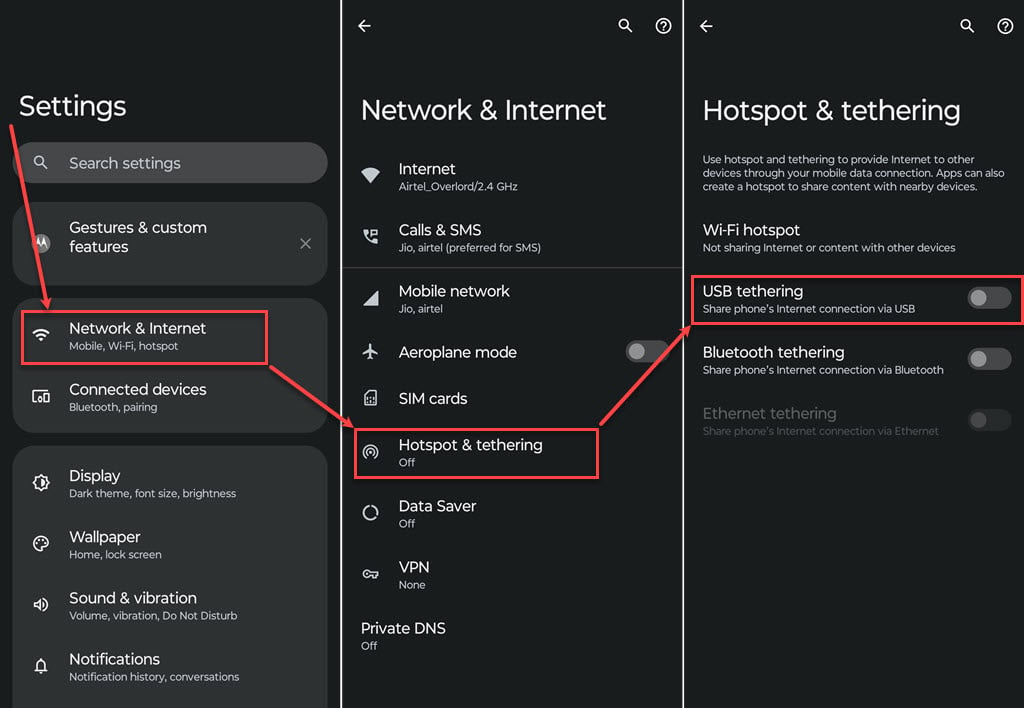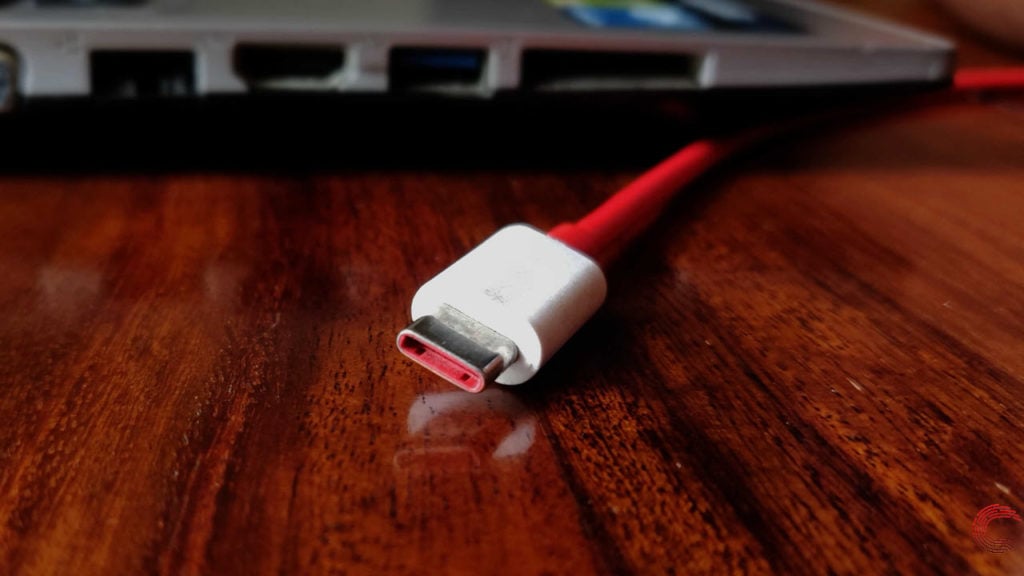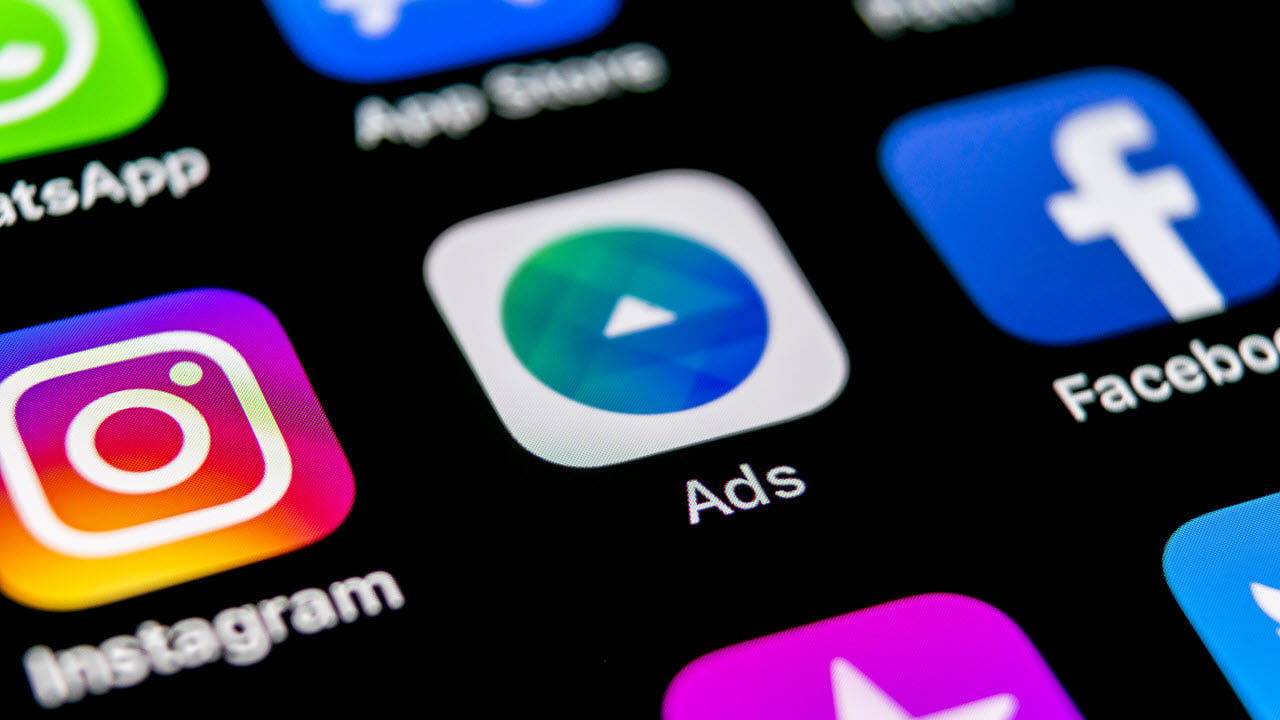USB tethering is a convenient feature that allows you to share your smartphone’s internet connection with other devices by connecting them via USB cable. However, like any technology, it’s not immune to problems. One common issue users encounter is that the USB tethering is not working as expected.
This article discusses steps to enable USB tethering, why USB tethering is not working and five methods to help you fix the issue.
Below we have discussed:
Also read: Why are the USB ports not working on Windows 11? Quick Fix
How to enable USB tethering?
Before troubleshooting anything, make sure you followed the right steps to enable USB tethering. Here are the steps:

- Open the Settings app and tap on the Network & Internet option.
- Tap on the Hotspot & tethering option.
- Now, turn the toggle beside the USB tethering.
- To verify whether you are connected or not, open the Network and Internet settings in the Windows taskbar. You might see the Ethernet icon.
You can also enable USB tethering from the connection modes that appear when you connect your phone to your PC.
Why USB tethering is not working?
Here are the common reasons that might affect the functionality of USB tethering:
- Temporary glitches.
- Damaged cable.
- Defective USB port.
- Interference caused by WiFi.
- Outdated driver.
How to fix the issue?
Here are five methods to help you fix the issue:
Restart the device
Sometimes, software bugs or conflicts can interfere with USB tethering functionality. Begin by restarting both your smartphone and the computer. This simple step can often resolve temporary glitches.
Check the USB cable
When USB tethering isn’t working, start by inspecting the USB cable linking your phone and computer. Unplug the cable and examine it for any signs of damage such as cuts or bends. If the cable looks worn out, think about swapping it with a new one that matches the same specifications. Depending on the type of port on your computer, you might require a USB-C to USB-C cable or a USB-C to USB-A cable.

Use a different USB port
A common reason for USB connection problems is malfunctioning USB ports on your computer. To check if this is the issue, try connecting your smartphone to a different USB port on your PC. If possible, you can also test the cable on another PC to see if the problem persists.
Disable WiFi
When attempting to share your phone’s mobile data with your computer, other active wireless connections on your phone might interfere. Therefore, think about turning off WiFi on your smartphone. You can easily do this by swiping down from the top of your Android phone and tapping on the WiFi icon in the quick settings panel.

Update the driver
Many Windows computers are programmed to automatically search for available updates and alert the user once found. However, there are instances where the automatic update feature is disabled, requiring you to search for new updates manually. Here are the steps:
Step 1: Press the Windows+X and tap on the Device Manager option in the dropdown menu.

Step 2: Double-click on the Network adaptors to expand it, and right-click on your network adapter; then in the dropdown menu, click on the Update driver.

Step 3: Select Search automatically for drivers, and Windows will automatically find and install available updates.

Also read: USB-C port not working in Mac: Quick Fix






